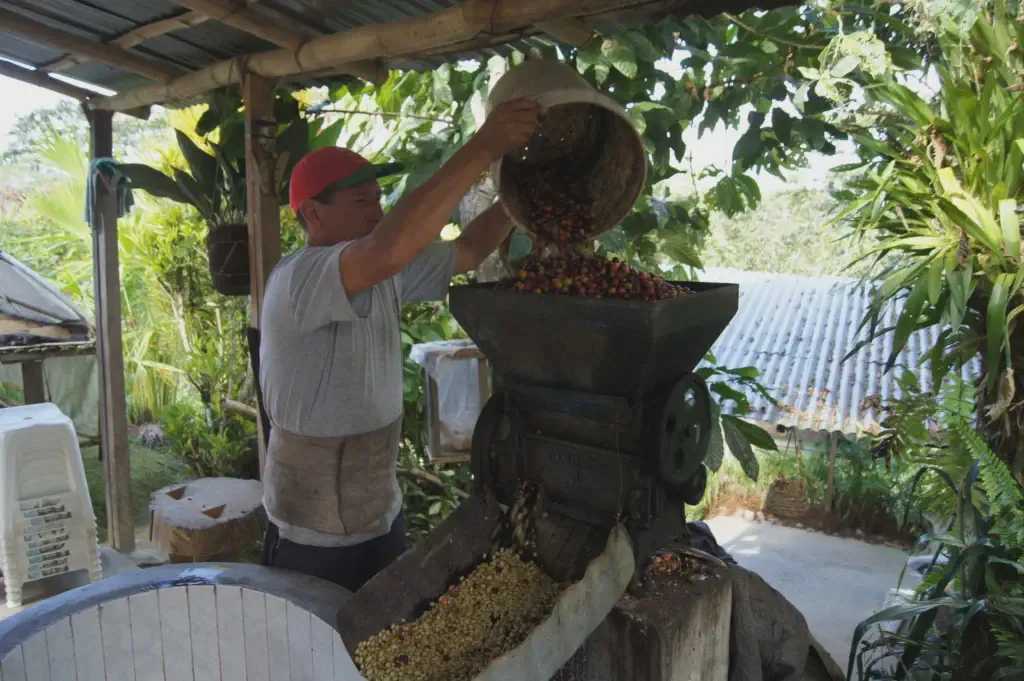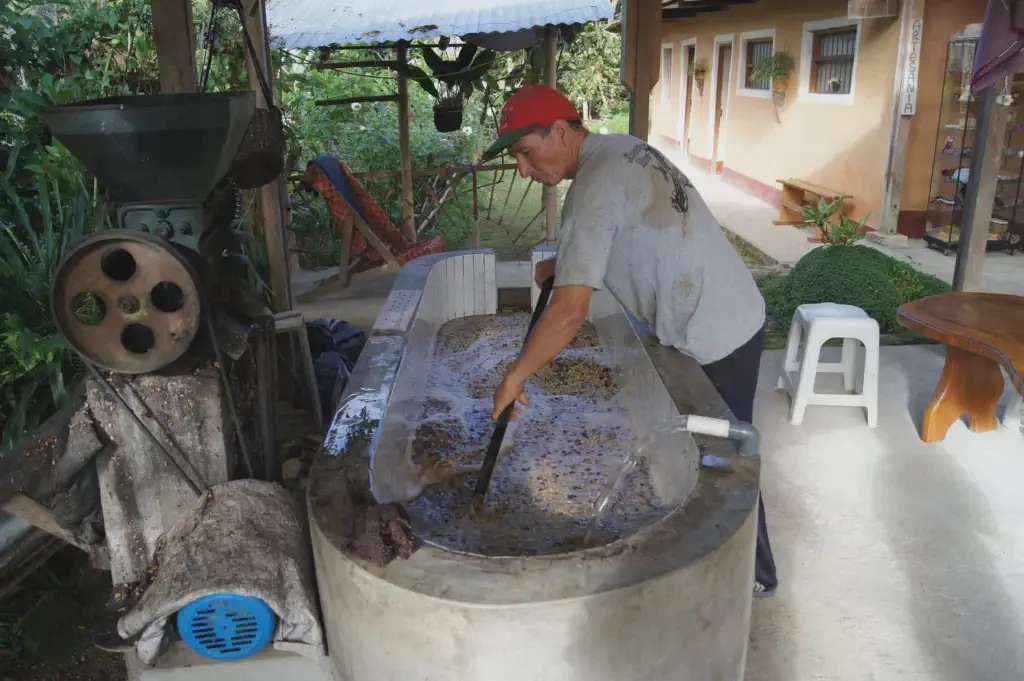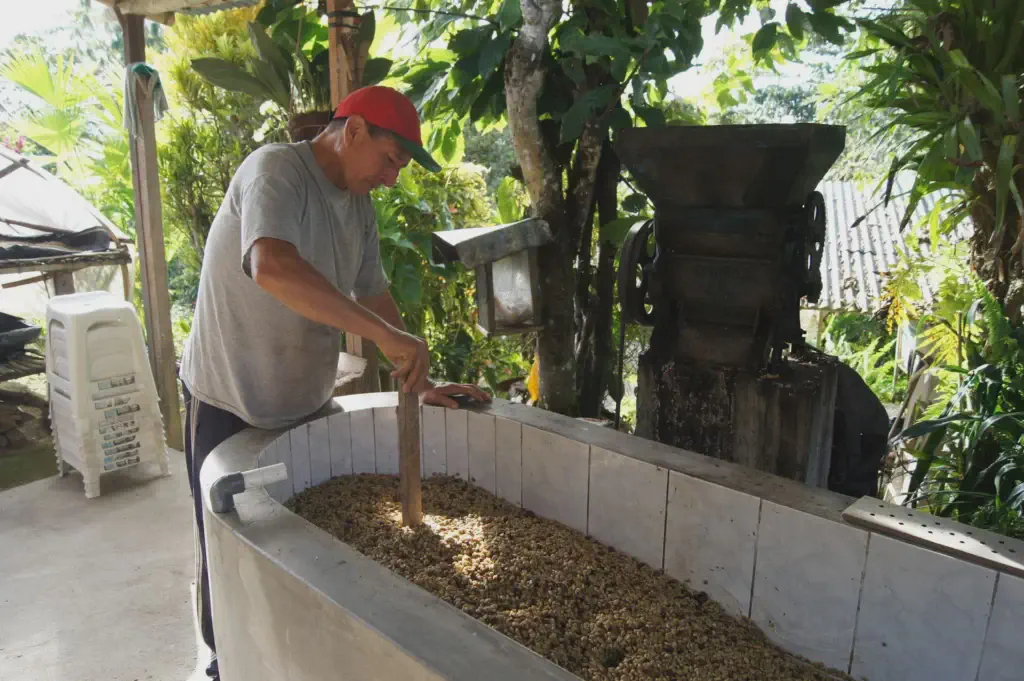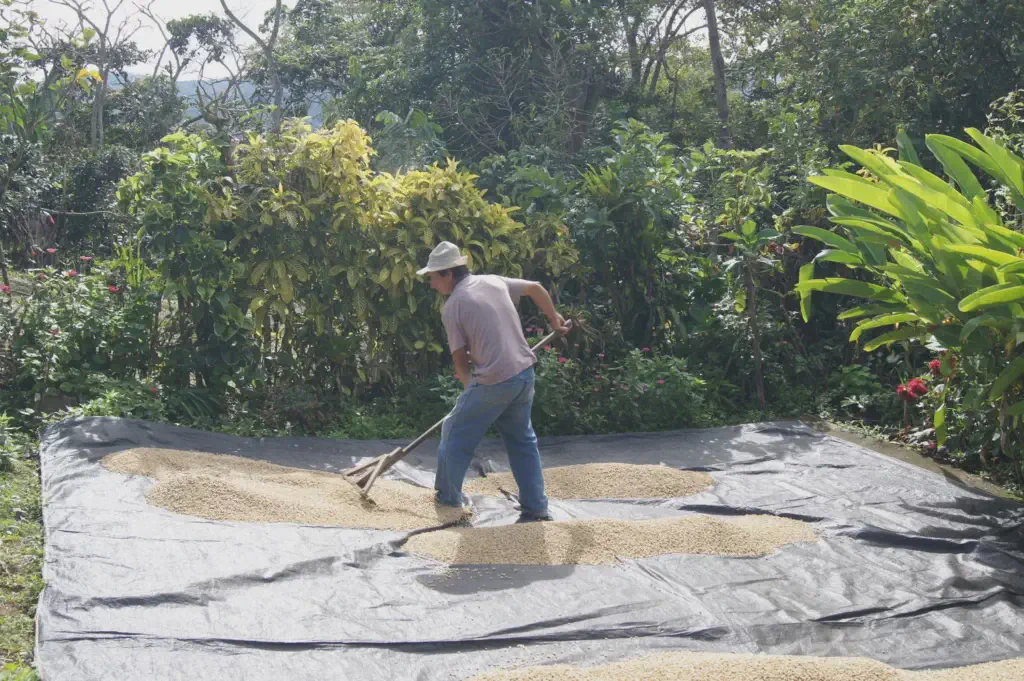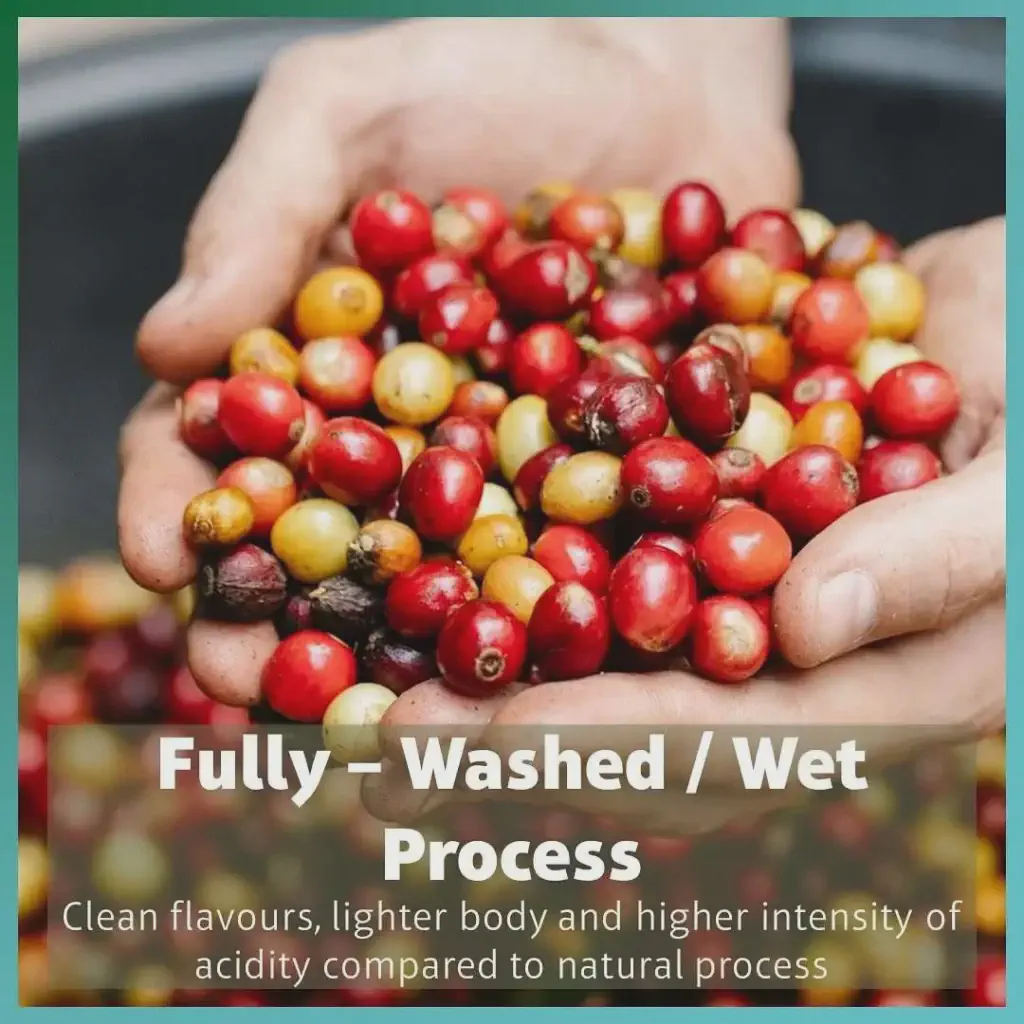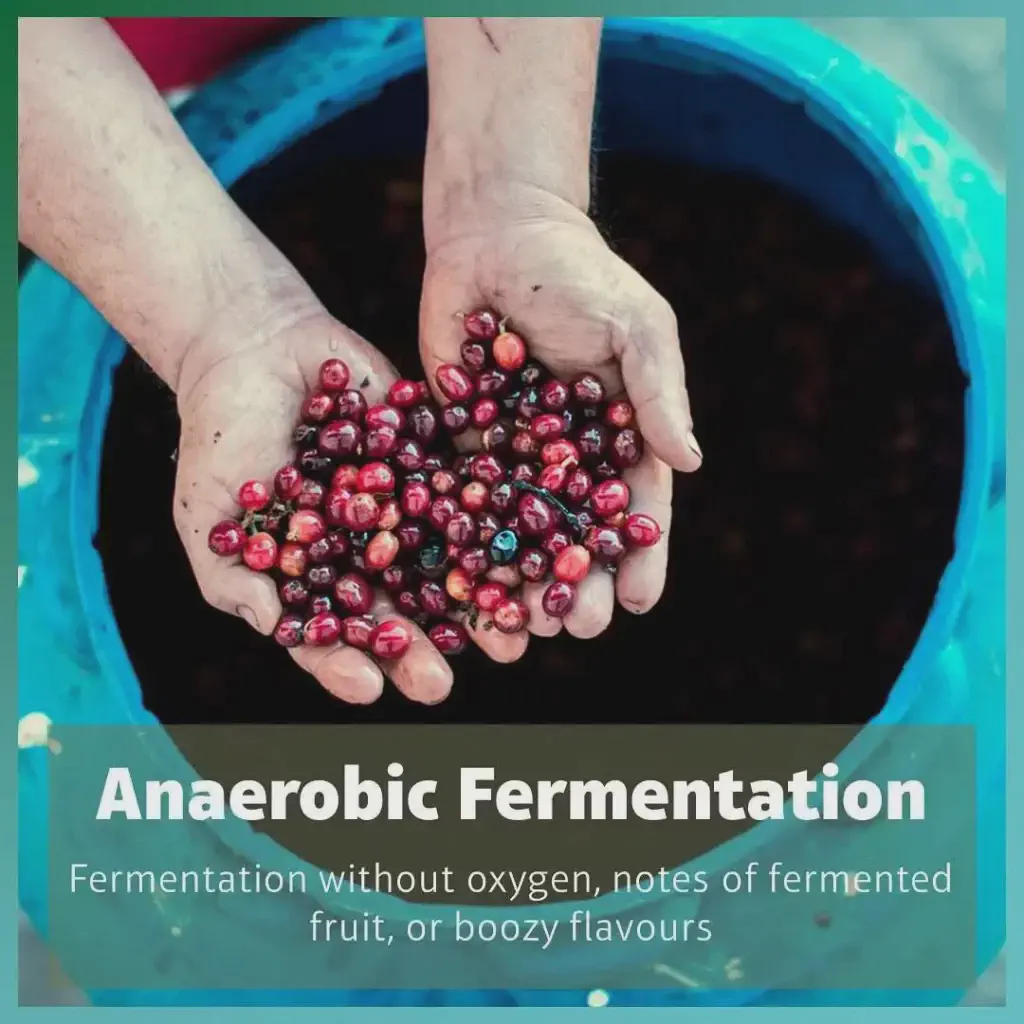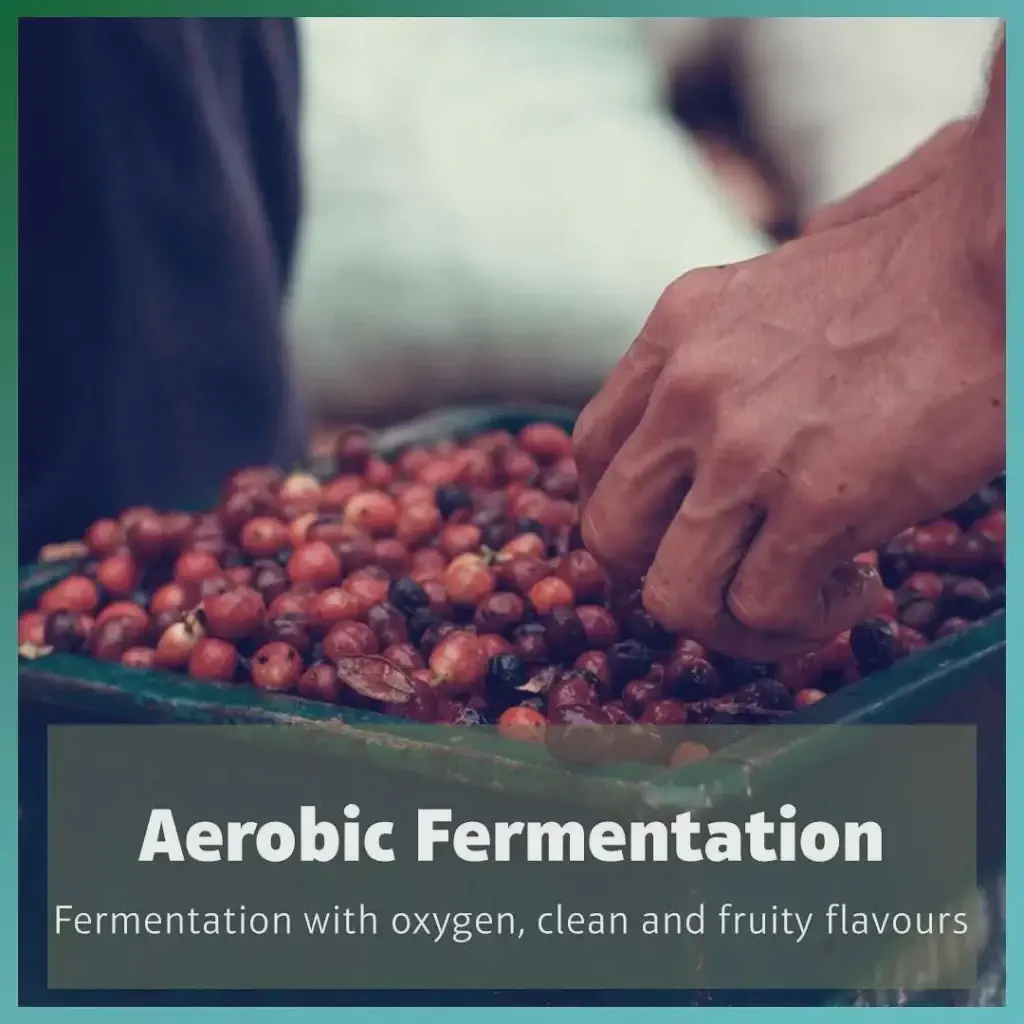Coffee Cultivation: Understanding Its Impact on the Cup

Discover the fascinating world of coffee by diving into the essential factors that influence its taste, such as soil composition, altitude, and processing methods. In this article, we guide you through each phase of the cultivation and preparation process, making it easier to choose the coffee that matches your preferences. Learn to navigate the world of specialty coffees and interpret labels with confidence to enjoy a unique coffee experience.
Coffee cultivation is a complex process to understand. However, it is necessary to address certain aspects. This can help you choose the coffee that suits you. Because before reaching your cup, specialty coffee goes through many stages that impact the final result in the mouth. Soil composition, altitude, as well as the processing method are all aspects that affect the coffee cherry. As a consumer, knowing a little more can help you better decipher the information on labels. Who knows, it might even help you find the coffee that suits you best.
Coffee cultivation begins with planting
Each country has a specific terroir as well as different coffee cultivation methods. Indeed, soil composition is an important factor. Similarly, the presence of other plant species around the plantations plays a crucial role. Temperature, rainfall, shade, and the altitude of the location are also determining elements. Together, these factors contribute in part to defining the character of the coffee you will taste once in your cup.
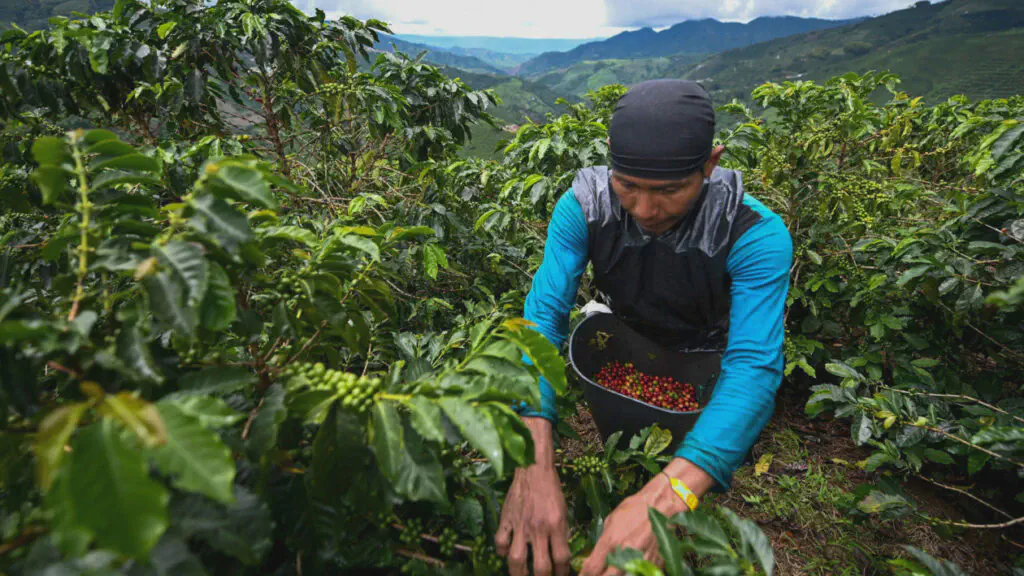
There are many common beliefs surrounding coffee-producing countries. It is very often said that Ethiopian and Kenyan coffees are renowned for their floral aromas. Furthermore, Asian coffees often have a characteristic marked by a fuller body and spicy notes. Brazil is renowned for its coffees, which are generally round and mild. This is partly true, though some farmers are trying to prove to the world that things are more complex than they appear.
The type of soil is also a crucial element in coffee cultivation. However, its impact is very complex, and this information is often absent from the package. Yet, you will very often find mention of cultivation on volcanic soil, even though understanding its impact remains difficult. One piece of data that is always present seems much more interesting to us. It is the altitude.
Indeed, we know that altitude plays an important role in cultivation and ultimately in the taste of coffee. At high altitudes, coffee tends to ripen more slowly. This situation results in the formation of beans that are harder and smaller than at lower altitudes. As a result, aromatic compounds are often more concentrated when coffees are grown at higher altitudes.
And continues in the processing
Once coffee cherries are harvested comes an essential step in transforming the fruit into coffee. And this is always done through a fermentation stage, one of the most decisive and impactful steps on the taste of coffee. However, the question of a direct impact seems debatable. Indeed, “fermentation only serves to facilitate and activate depulping by removing the mucilage that surrounds the parchment.” It would therefore seem that fermentation does not really have an effect on the final taste of coffee but that poor execution of this step can still ruin it. This is at least what could be read in the 163rd edition of the Journal of Traditional Agriculture and Applied Botany from 1935.
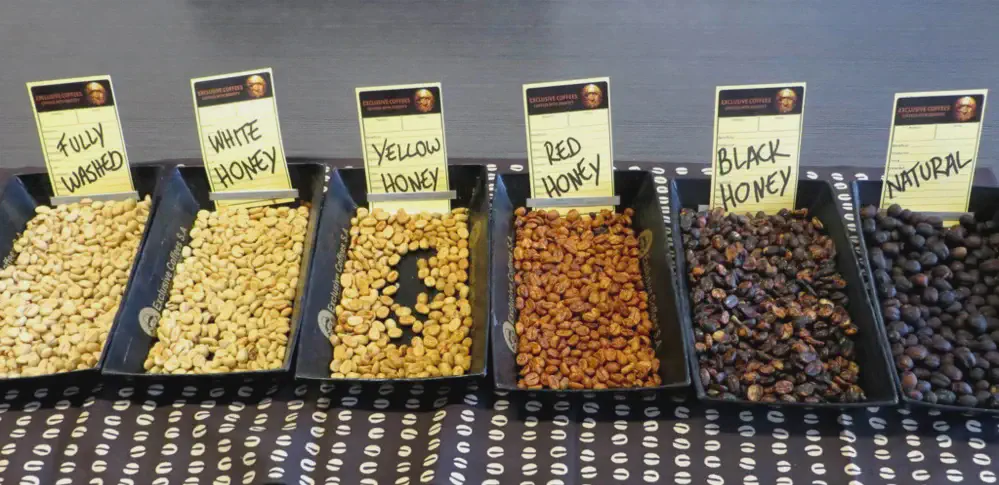
Coffee processed using different methods, Credit: Kobrick Coffee Co.
In the current state of research, it should be noted that a coffee bean contains approximately 30 aromatic markers before fermentation and more than 3000 afterwards. This step therefore helps to accentuate the aromas of coffee.
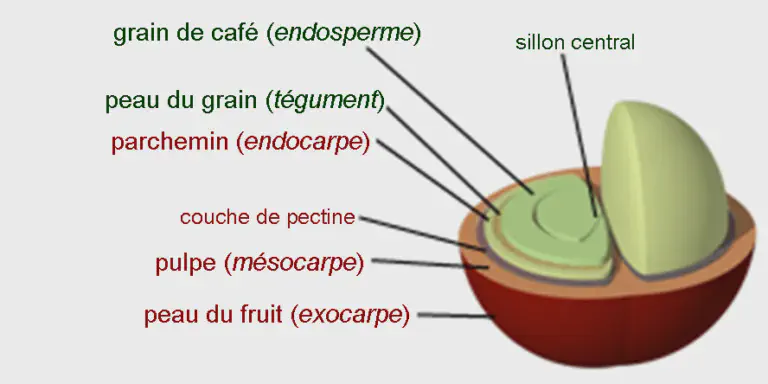
Today we note four major common fermentation methods.
“Natural” or the dry method
This method involves drying whole coffee cherries in the sun or in mechanical dryers. Producers then sort the coffee beans and dry them. This method produces more intense aromas, particularly red or exotic fruits. Historically, the dry processing method comes from Ethiopia and particularly from countries where access to water can be complex and expensive.
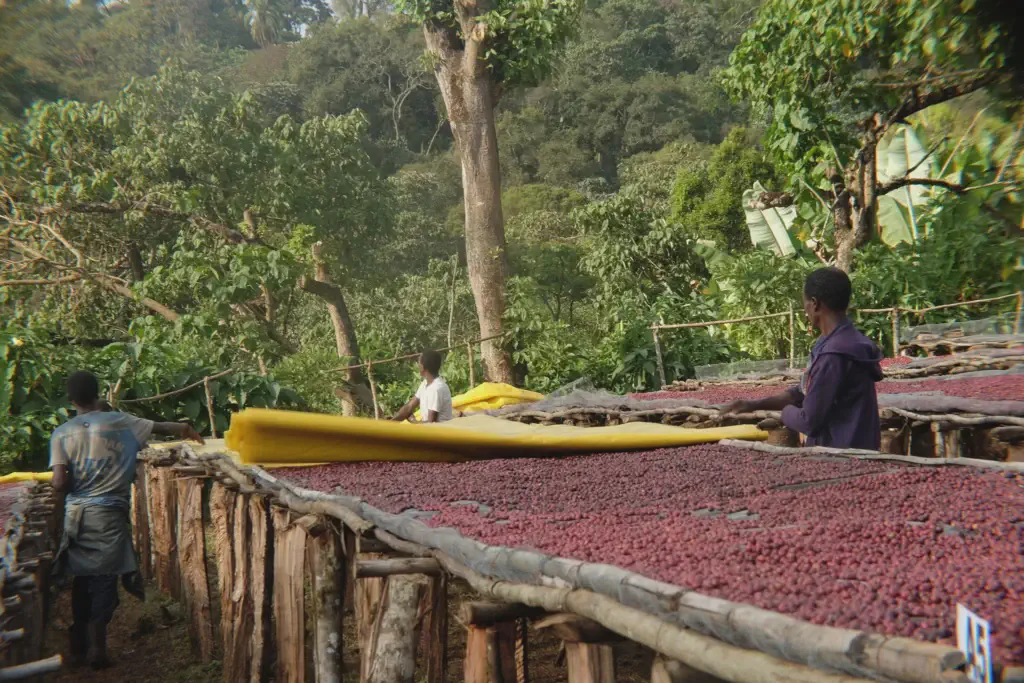
The dry processing method consists of 4 stages:
The cherries are dried in the sun
Obtaining a brown “hull coffee”. The cherries are properly dried when they make a dry, characteristic sound when rubbed against each other
The “hull coffee” is hulled in a machine
Obtaining a green coffee through the “natural” method
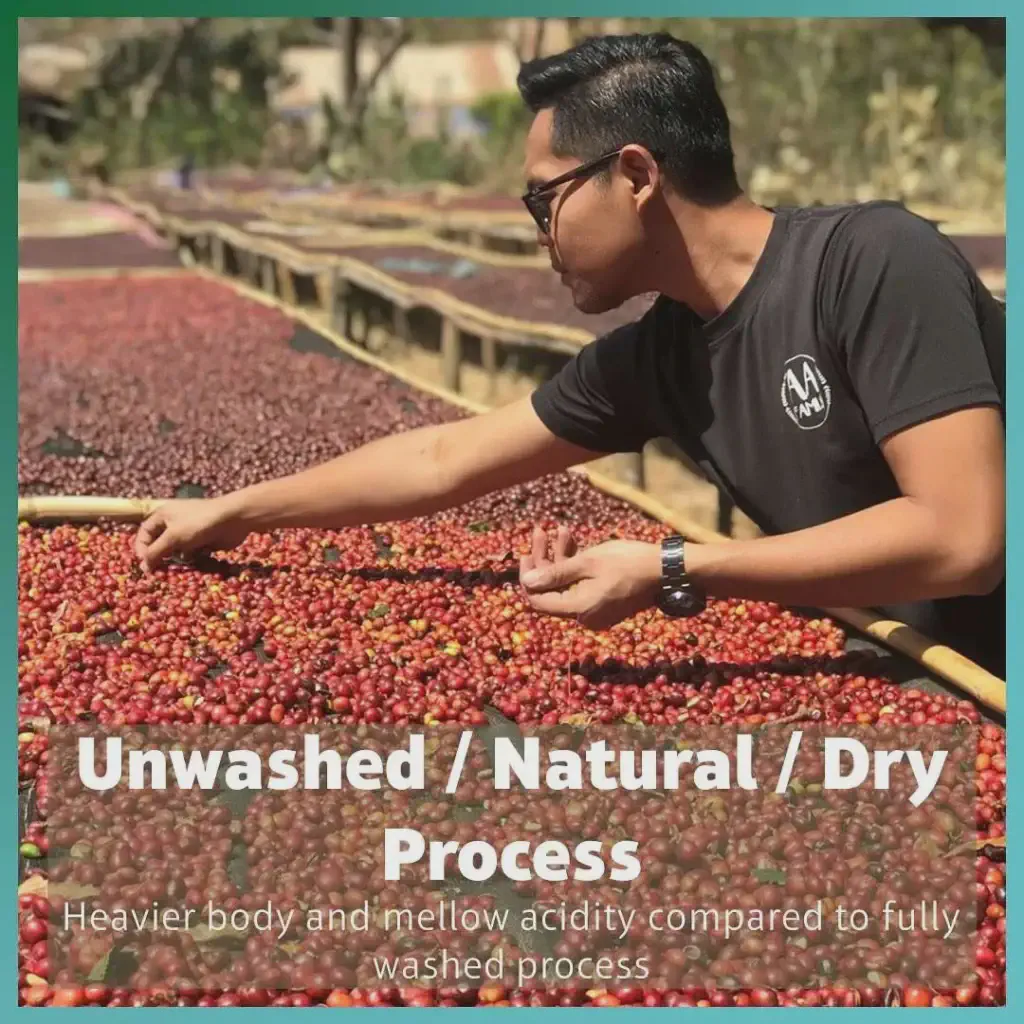
“Washed” or the wet processing method
Historically this method comes from Jamaica, a country where humidity levels are often very high and where drying in the open air is therefore complex. In this method, the beans are depulped through several hours of water washing before being dried. It is commonly heard that washed coffees are more acidic. This method is renowned for best highlighting the intrinsic characteristics of the coffee. The taste is often more delicate.
1: depulping
3: washing with mechanical action to remove the mucilage degraded during fermentation
2: fermentation in water
4: drying this parchment coffee
After hulling the parchment, “washed” green coffee is obtained.
Wet coffee processing with Juan Francisco Rivera, Finca Los Pinos, Peru. Image source.
“Semi-washed”, an intermediate fermentation
This method aims to preserve the aromatic advantages from wet fermentation. At the same time, it adopts an ecological approach towards water consumption. Indeed, we know that the wet method is simpler to implement than the washed method and seems to be more respectful of the fruit. Thus the cherries are depulped, but instead of being fermented in tanks and then washed, the beans are immediately put to dry.
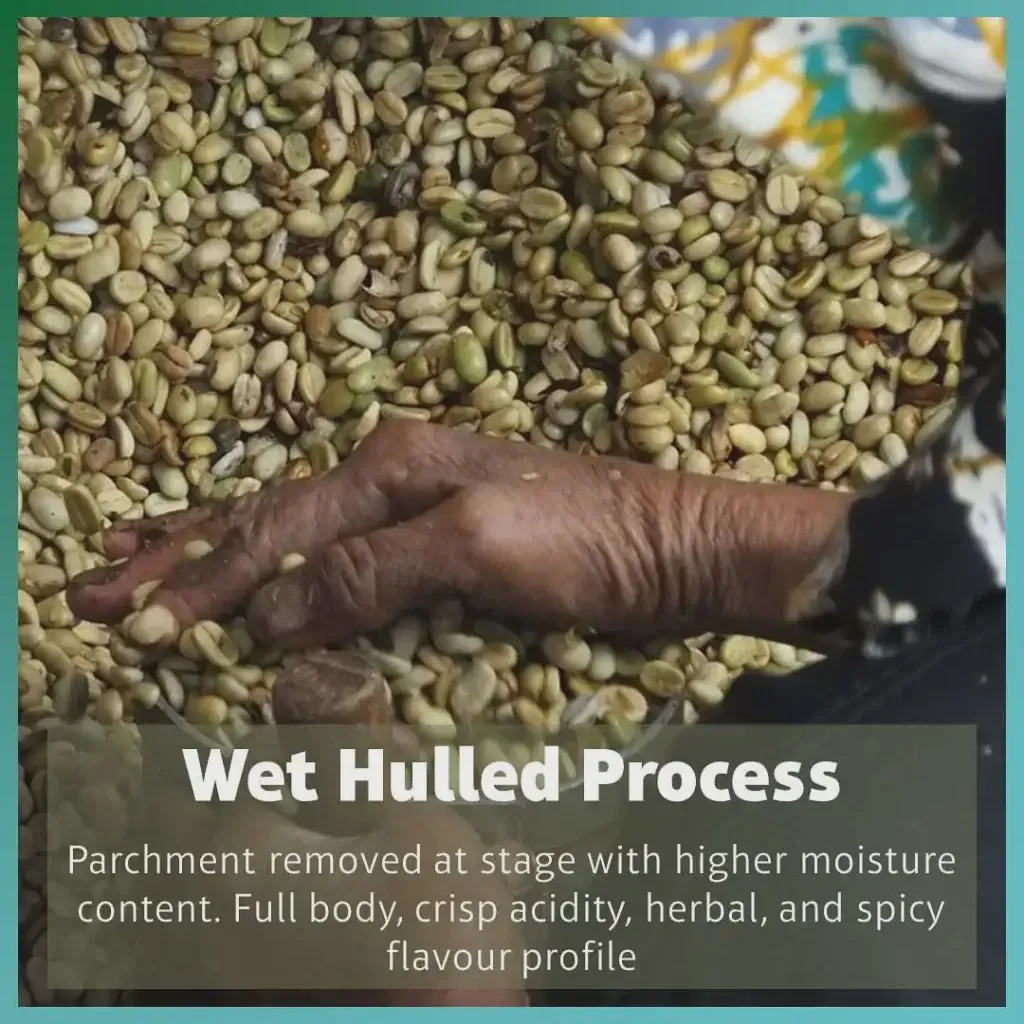
The “honey process”
Here, the goal is not to avoid the flaws of wet or dry methods, but rather to exploit them to improve the quality of the coffee. It’s a clever fusion of both approaches!
More precisely, before and after depulping the cherry, several variables come into play: the thickness of the mucilage, the type of drying - whether in the sun or shade - the amount of oxygen, the maturity and variety of the cherry, etc.
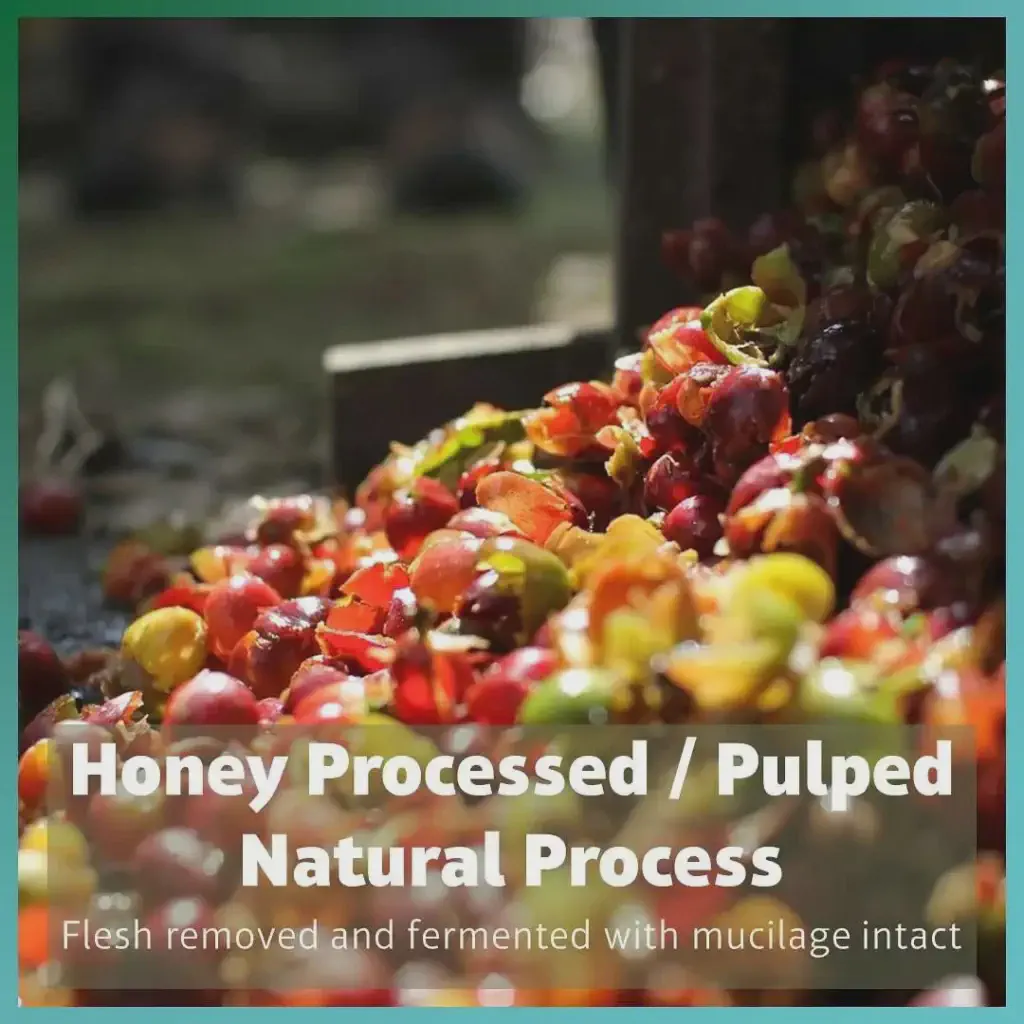
All these subtleties have distinct names such as black, red, yellow or white honey.
This method often results in coffees that are both floral, sweet and acidic, in short, ideal coffees for gentle extractions. On the technical side, the cherries are sorted in a flotation tank, then the fruits are depulped using a machine before being exposed to the sun for drying.
An interesting particularity that gives honey all its character: once the cherry is depulped, the remaining mucilage - the pulp - around the coffee bean caramelizes and takes on an amber hue.
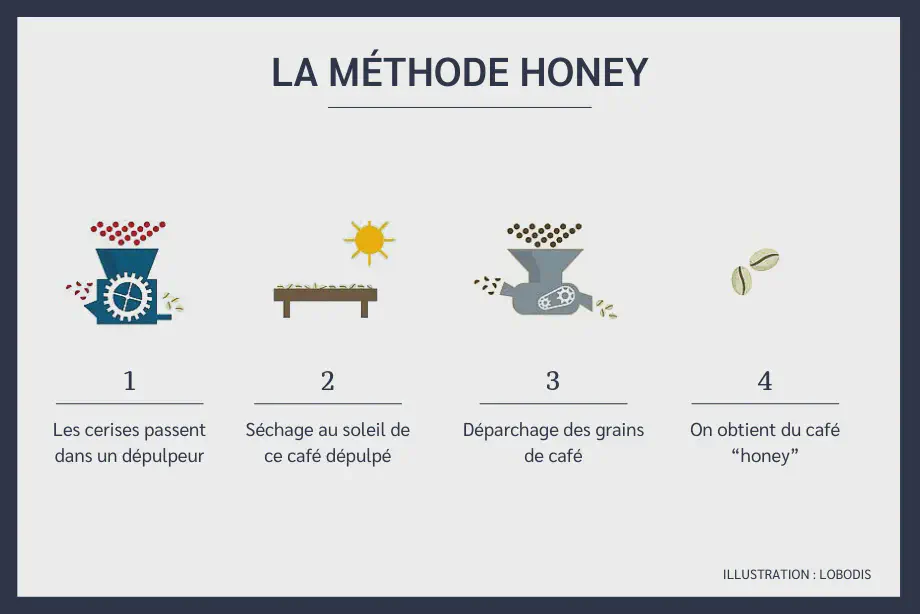
We are far from exhaustive with these four fermentation processes. Indeed, you will discover a plethora of experimental methods. Among them are anaerobic, carbonic maceration, thermal shock, infusion with fresh fruits, lactic fermentation, and many others. The objective always remains to produce coffees with atypical flavors. Microorganisms, present or not naturally in the fruit, promote these flavors. Aromatic notes often manifest in a very pronounced manner, sometimes guaranteeing a disconcerting tasting experience.

For a unique specialty coffee experience
In conclusion, the journey of coffee, from plantation to cup, is a complex and fascinating adventure. The nuances of terroir, the subtleties of altitude, and fermentation choices shape the unique character of each bean. Understanding these elements related to coffee cultivation offers consumers an important key. This key allows them to decipher the information on labels. Moreover, it helps them find the coffee that best matches their preferences.
The diversity of terroirs, soils, and altitudes creates an infinite palette of flavors. Stereotypes about coffees from different countries can be useful as a starting point, but it is essential to recognize the complexity of reality, where farmers often seek to demonstrate the richness of their coffees beyond generalizations.
Altitude: A Major Player
Altitude proves to be a major player in coffee cultivation, influencing the slow maturation of beans and concentrating aromas at high altitudes. This factor, often highlighted on labels, offers coffee enthusiasts a valuable clue about the sensory complexity to come.
Crucial Transformation: Fermentation
Processing, particularly fermentation, is a crucial stage. Although some debates persist about the direct impact of fermentation on the final taste, it is undeniable that it accentuates the coffee’s aromas. Different fermentation methods include natural, washed, semi-washed approaches, or the “honey” process. Each of these methods adds distinct dimensions to flavor profiles.
Exploring Possibilities: Experimental Methods
Beyond the four main methods, researchers are exploring a multitude of experimental approaches. Among these are techniques such as anaerobic, carbonic maceration, and lactic fermentation. These methods significantly expand the possibilities in coffee processing. These methods aim to produce coffees with atypical flavors, driven by microorganisms naturally present in the fruit.
Ultimately, as a consumer, you will discover an infinite richness of flavors by immersing yourself in the world of coffee cultivation. Each of these flavors tells a unique story of terroir, altitude, and processing choices. By being informed, you have the power to choose the coffee that will awaken your taste buds in the most delicious and personalized way possible.
